by Pedro Garcia
Seen from the Atlantic coast, the task of Northern armies appeared (at least to a skeptic) almost impossible, for the South looked truly boundless, an ocean of fields, valleys, mountains, forests, and rivers. But rivers could be daggers as well as obstacles. They cut deeply into the Confederacy’s heartland. Indeed, no geography was ever more favorable to a modern invading army than Kentucky’s was to the Union Army in early 1862. What made it so were the Tennessee and Cumberland Rivers. The Tennessee, navigable all the way from its mouth at the Ohio River to the Muscle Shoals at Decatur, Ala., and the Cumberland, navigable from its mouth at the Ohio River to Nashville, Tenn., and beyond, pierced the east-west defensive line of the Confederacy that Cullum had marked. They pierced it, in fact, not more than 20 miles apart. It was along this geographical axis that General Halleck, Ulysses S. Grant and Flag Officer Andrew Foote ruptured the defenses of Confederate General Albert Sidney Johnston.
At the end of the summer of 1861, Southerners realized that the most immediate and potentially deadly threat to the Confederacy would not come from the east, but in the western battles, where the Union was unexpectedly seizing the initiative. In mid-August, the Missouri engineer and entrepreneur James Eads, a man of boundless energy, talent, and ability, was given a contract to build seven ironclad gunboats in 64 days. A true mechanical and organizational genius, the Indiana native was included in the Southern sneer at the North as “a race of pasty-faced mechanics.” Working at drumbeat speed, by the end of November he was able to launch eight “turtle-backed” steamers. These vessels made a formidable squadron totaling 5,000 tons, mounting 107 guns, and with an average cruising speed of 9 knots. The 175-foot river craft drew only 51/2 feet of water, and, in river parlance, “could run on a heavy dew.”
[text_ad use_post=”455″]
To command this flotilla, the U.S. Navy commissioned Captain Andrew Foote with the rank of flag officer. A staunch Calvinist, Foote was a 56-year-old, teetotaling Connecticut Yankee with burning eyes. A man who spoke sparingly, he was one of those Puritans who “prayed like saints and fought like devils.” A 40-year veteran, Foote had fought the Chinese in Canton, battled pirates in Sumatra, chased slave traders in the South Atlantic, and 20 years before had commanded the first temperance ship in the U.S. Navy. Indeed, he had spent his entire career fighting the two things he hated most: slavery and whisky.
Ulysses S. Grant Returns to Active Service
Odd then was the fate that teamed Foote in the coming campaign with Ulysses S. Grant, a man who had a reputation as a drunkard and a drifter in the prewar Army. In 1854, Grant had resigned his captain’s commission because of his drinking problems and had fared poorly in civilian life. When war came, however, Grant had impressed enough people that he received an appointment as colonel of Illinois volunteers, and soon was promoted to brigadier general, proving himself an excellent executive officer. General Grant was an unobtrusive, mild-mannered, colorless officer, a recent biographer admitting that “there is almost no glamour in the figure.” Yet as a general, Grant was a relentless warrior and an extraordinary officer whose approach to war was uncomplicated. He later wrote that “the art of war is simple enough, find out where your enemy is, get at him as soon as you can, strike him as hard as you can, and keep moving on.” Both General Grant and Foote believed strongly in combined operations, trying to convince General Halleck that the Army and Navy “were like blades of a shears—united, invincible, [but] divided, almost useless.”
Albert Sidney Johnston was painfully aware of the weakness of his position. Commanding the Confederacy’s vast Department No. 2, he was expected to hold a line nearly 600 miles long and broken by three navigable rivers. He had few troops and even fewer arms. “The General lacked nothing except men, munitions of war and the means of obtaining them,” his son later wrote in a bitter reminiscence. A 58-year-old, Kentucky-born Texan, he had distinguished himself in a colorful career: frontier officer, Texas revolutionist, Secretary of War in Sam Houston’s cabinet, Mexican War colonel, and commander of the famed 2nd Cavalry, whose roster included the names of 10 future generals. General Grant “expected him to be the most formidable the Confederacy would produce,” and William Sherman pronounced him “a real general.”
No Line At All
This counted for little, however, when he was outnumbered nearly 2 to 1. In reality, Johnston held no line. What he held was a series of points divided by wide stretches of unoccupied territory. In fact, there was a fourth avenue of invasion available to the Union along the Louisville and Nashville Railroad, which connected with rail lines to Chattanooga and the lower South. The river routes, however, were the most likely approaches because they offered excellent and secure communications. There was no practical limit to the capacity of navigable rivers to supply the Union armies so long as they had enough boats. As Sherman said, “We are much obliged to the Tennessee which has favored us most opportunely … for I am never easy with a railroad which takes a whole army to guard … whereas they can’t stop the Tennessee, and each boat can make its own game.”
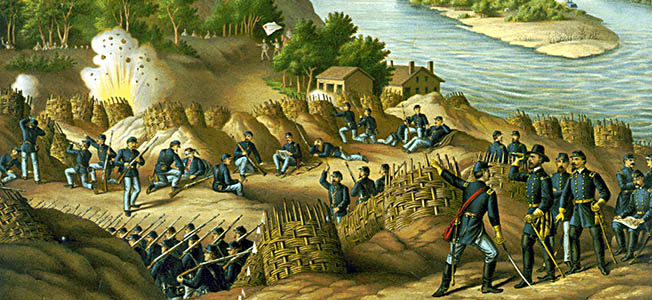
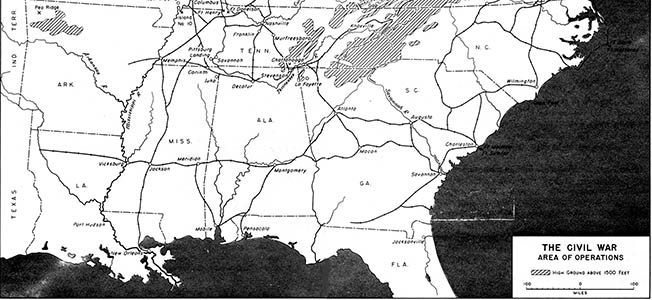
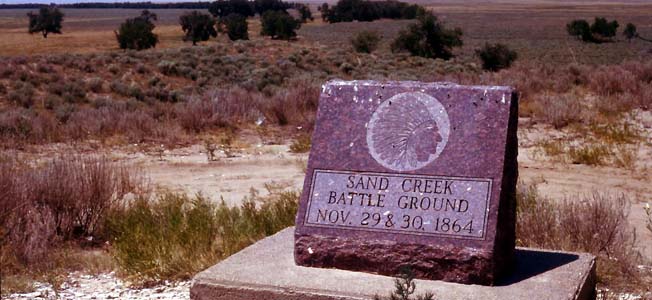
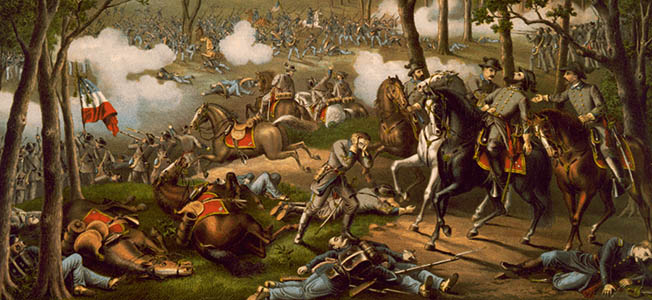
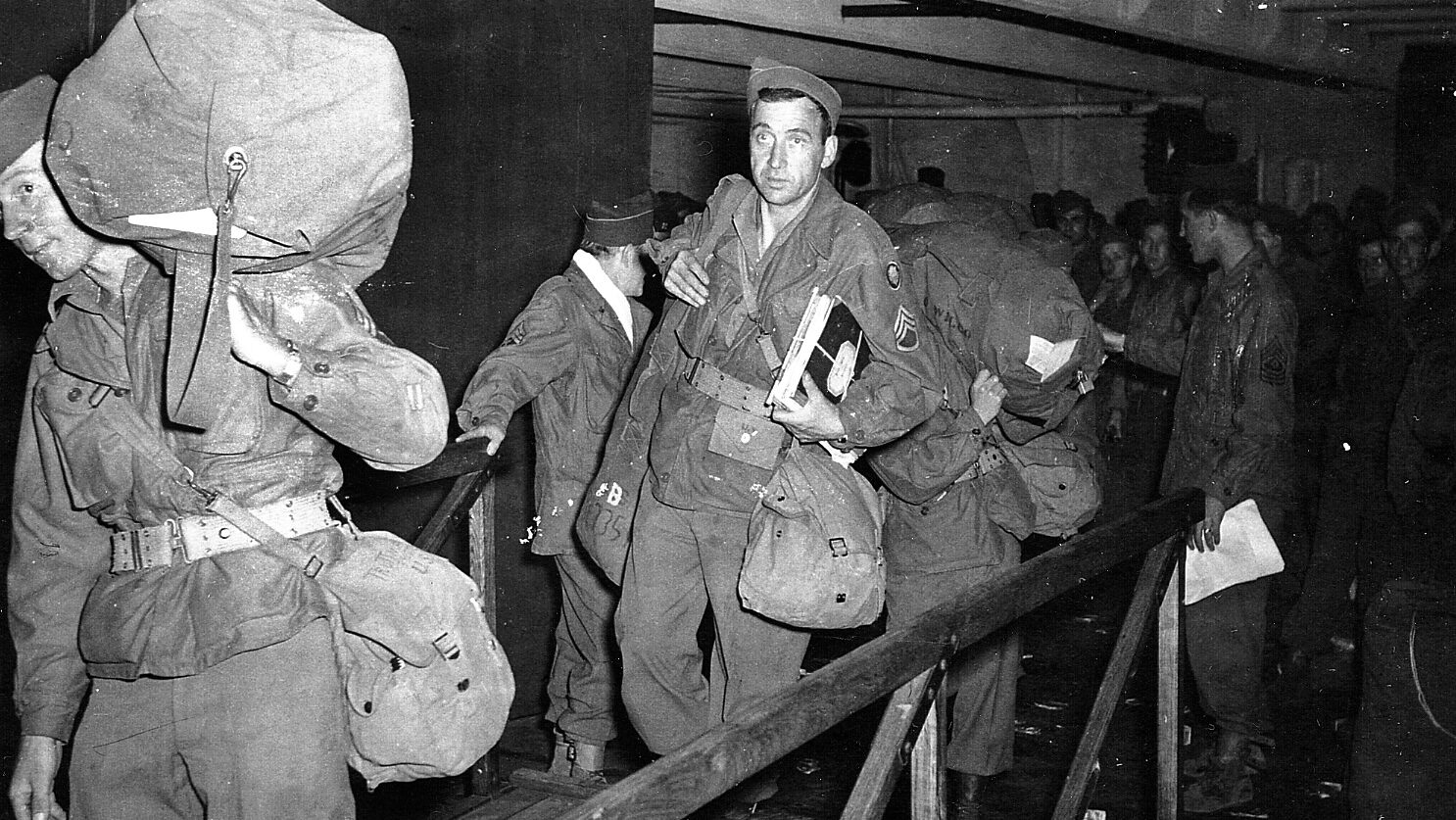
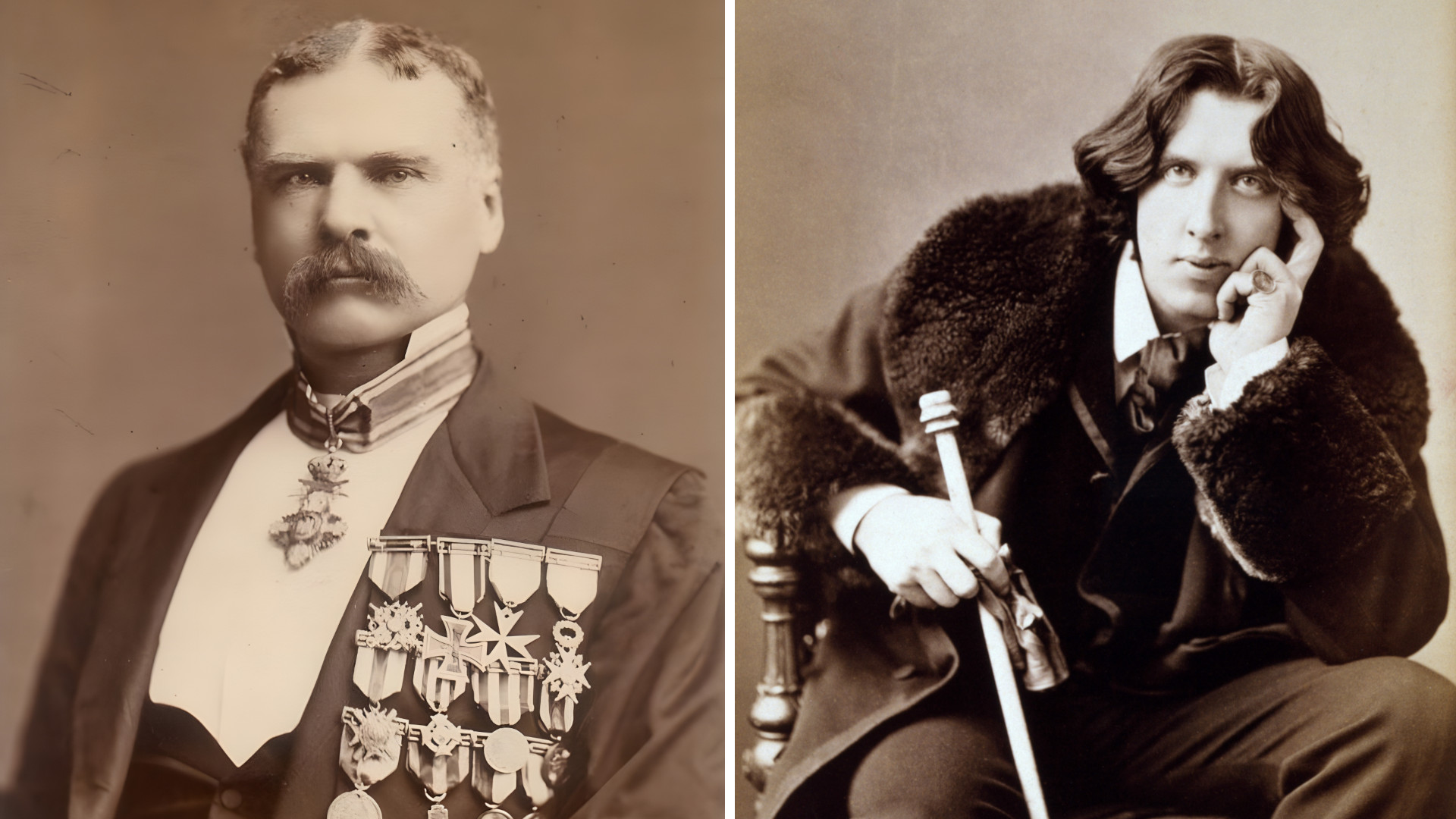
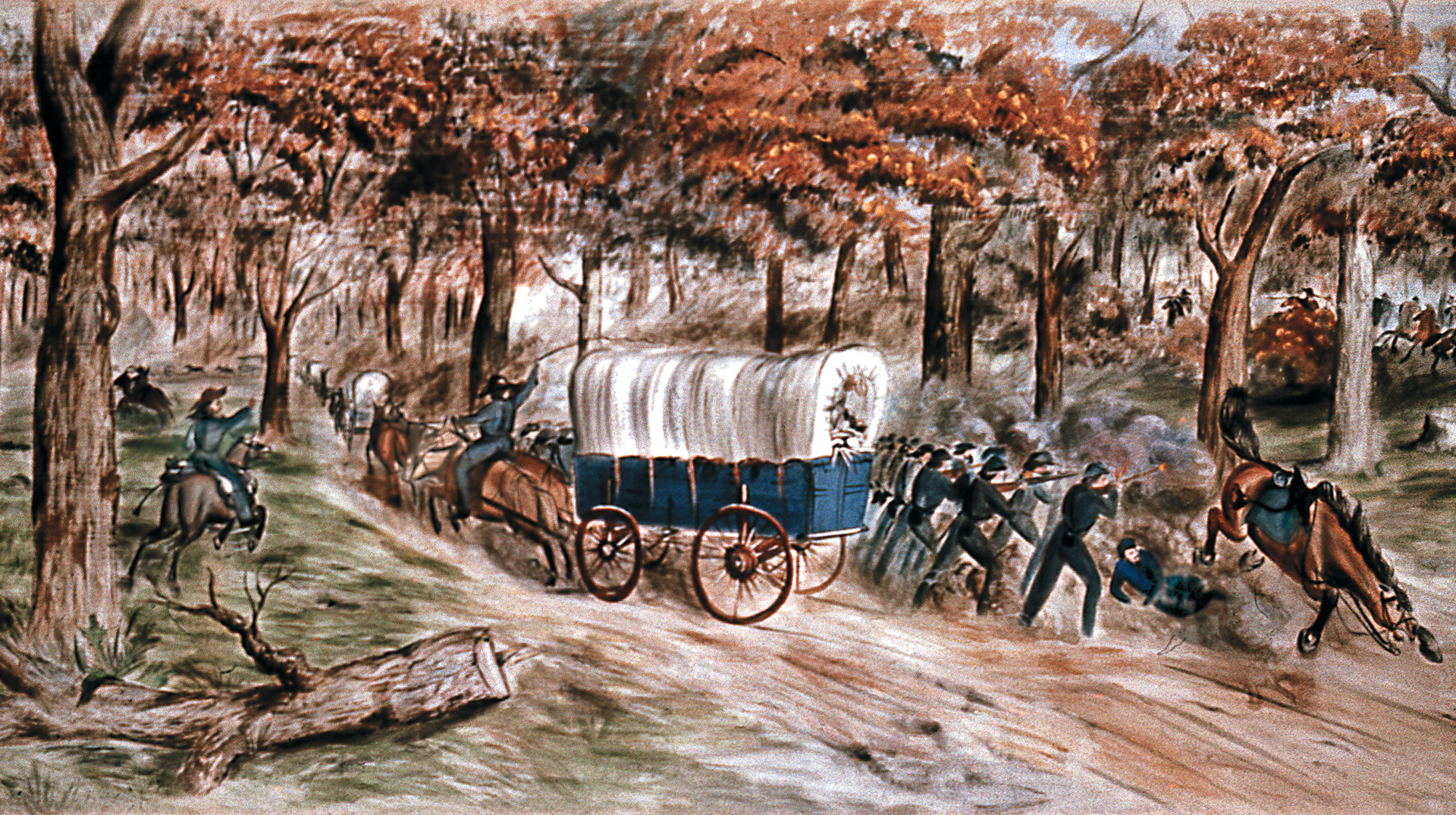
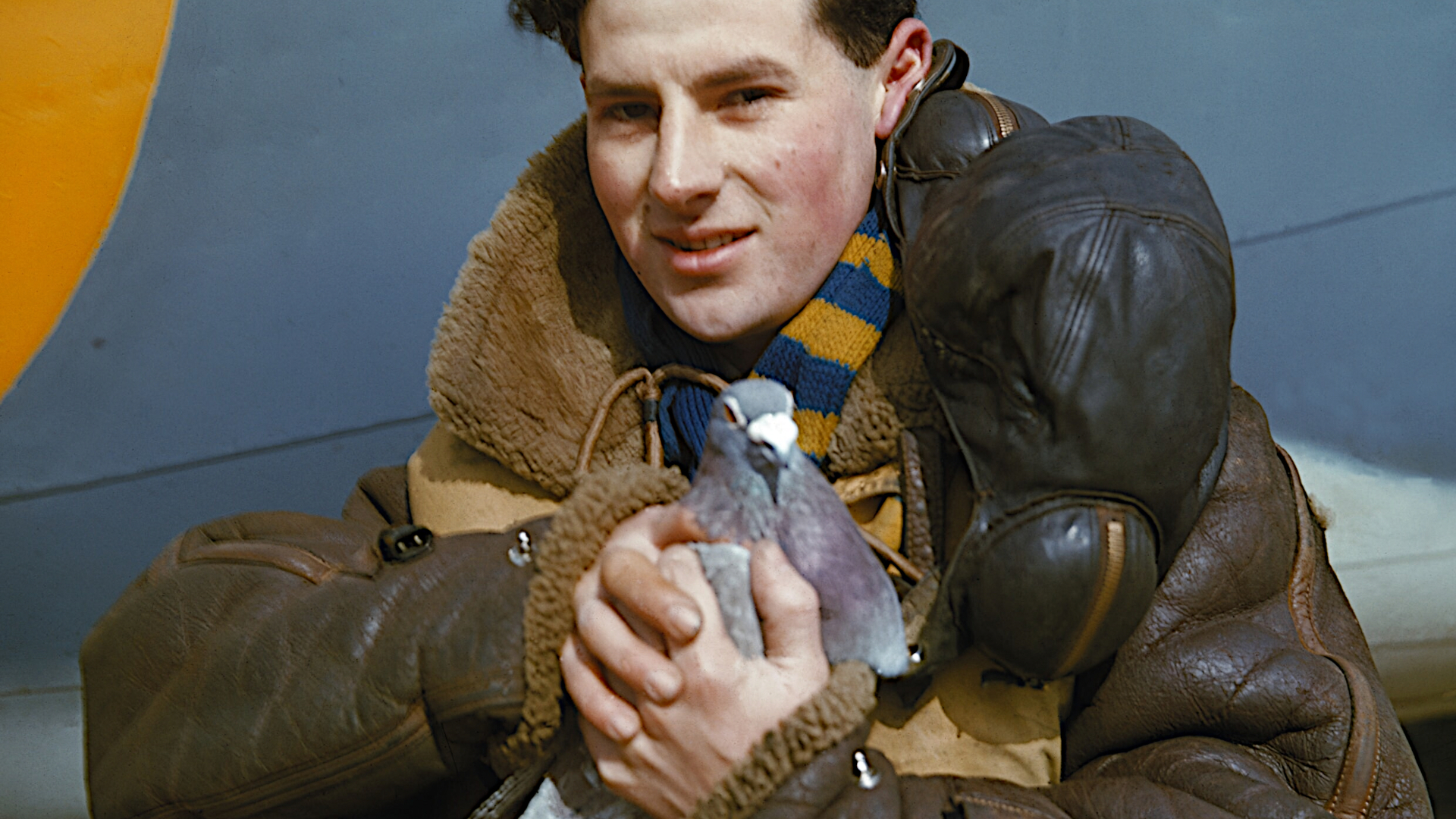
Join The Conversation
Comments
View All Comments